The way you arrange your furniture can greatly affect the impact the flow and functionality of a room. Whether you’re designing a cozy living room, a spacious dining room, or a compact bedroom, your furniture placement plays an important role in how the space feels and functions Let’s explore some key techniques and tips that will help you arrange your furniture to maximize the use of the space and create a balanced and harmonious atmosphere.
The Rule of Thirds: Creating Visual Balance
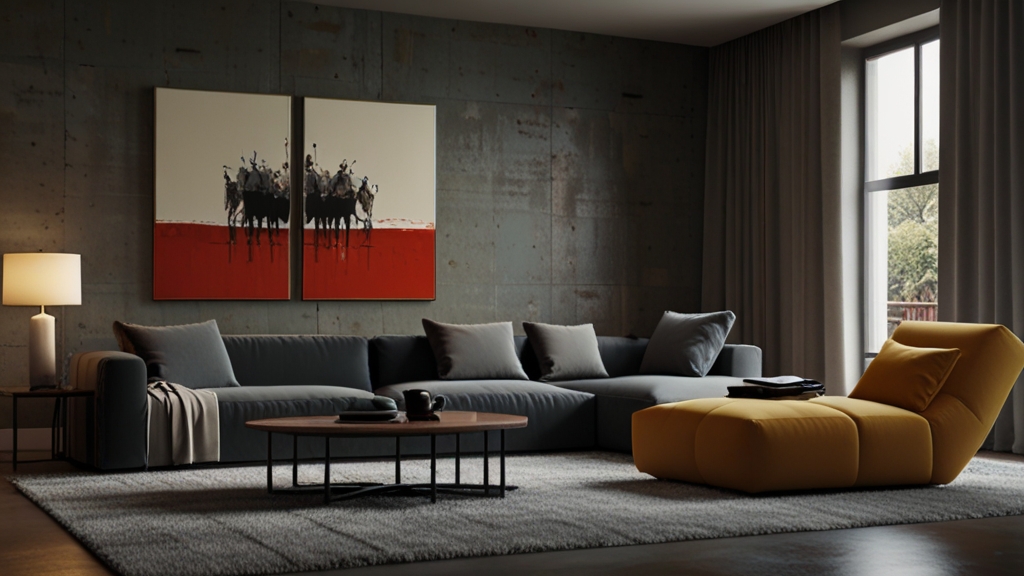
The law of thirds is a principle borrowed from the art of photography that can be effectively applied to furniture placement. Imagine your room is divided into a grid of nine equal parts. Placing key pieces of furniture along these lines or at their intersection can create a balanced and visually appealing design.
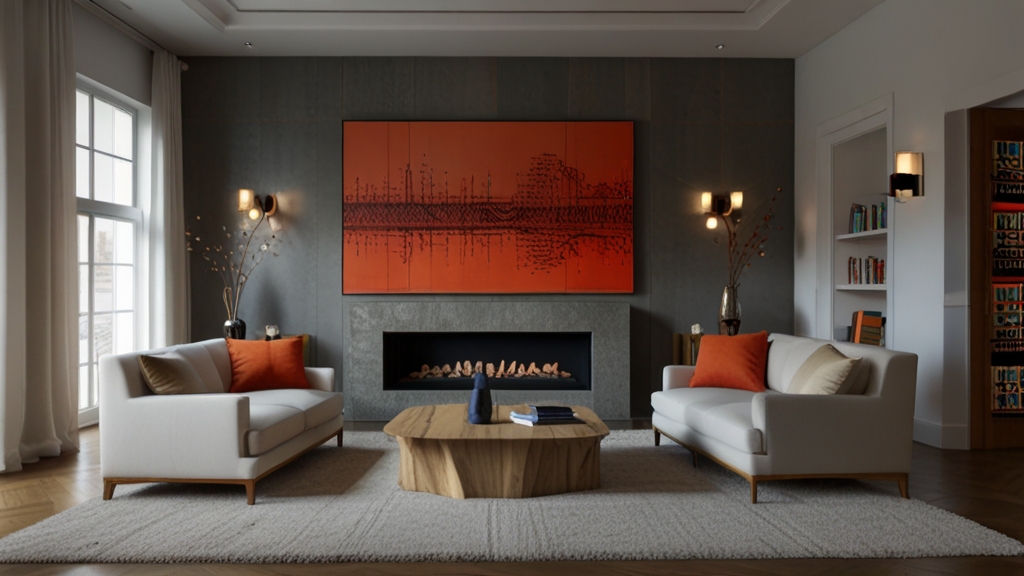
Example: In a living room, the sofa might be placed along one of these lines, with a coffee table at one of the intersections. This technique helps distribute visual weight evenly across the room, making it more comfortable and inviting.
Focal Points: Guiding the Eye
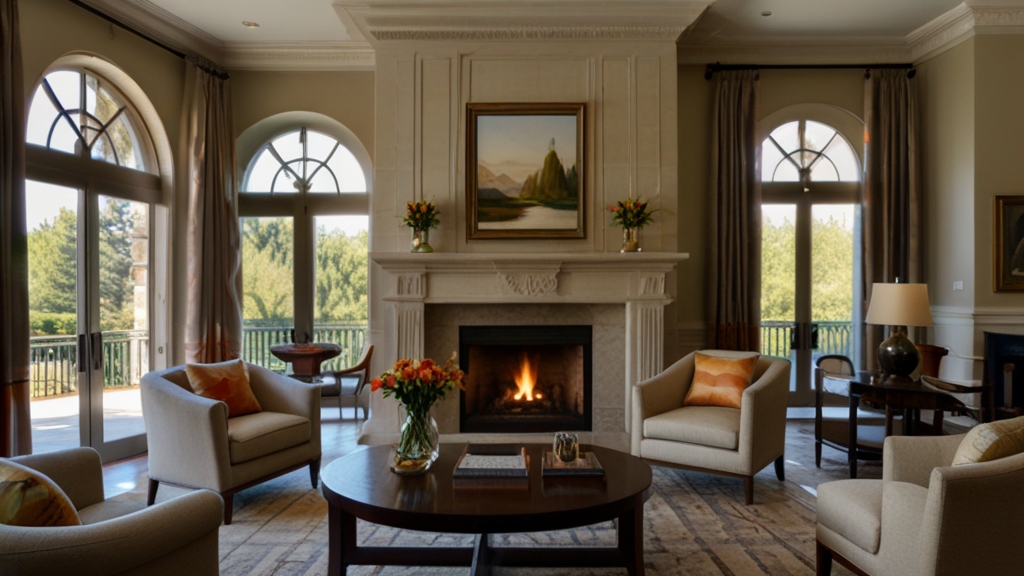
Every room should have a focal point—something that draws the eye and ties the space together. This could be a fireplace, a large view window, or part of a decorative statement. Once you know where to focus, arrange your furniture for emphasis.
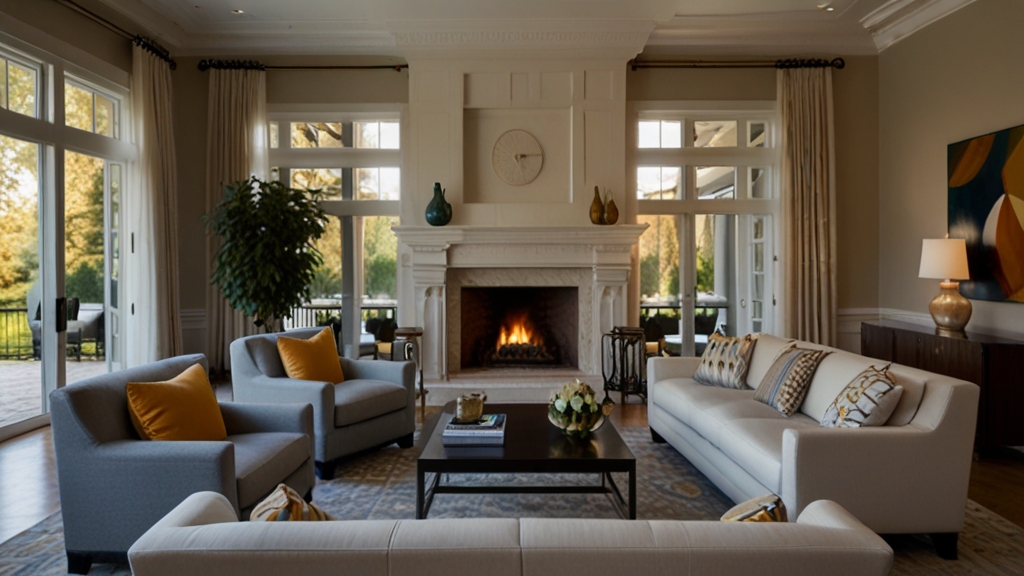
Example: If you have a nice fireplace in your living room, place your chair in front of it, making it the center of the room. The dining table itself is often the focal point of a dining room, so make sure it is complemented by other elements such as lighting or artwork rather than competing with it
Balancing Open and Cozy Spaces
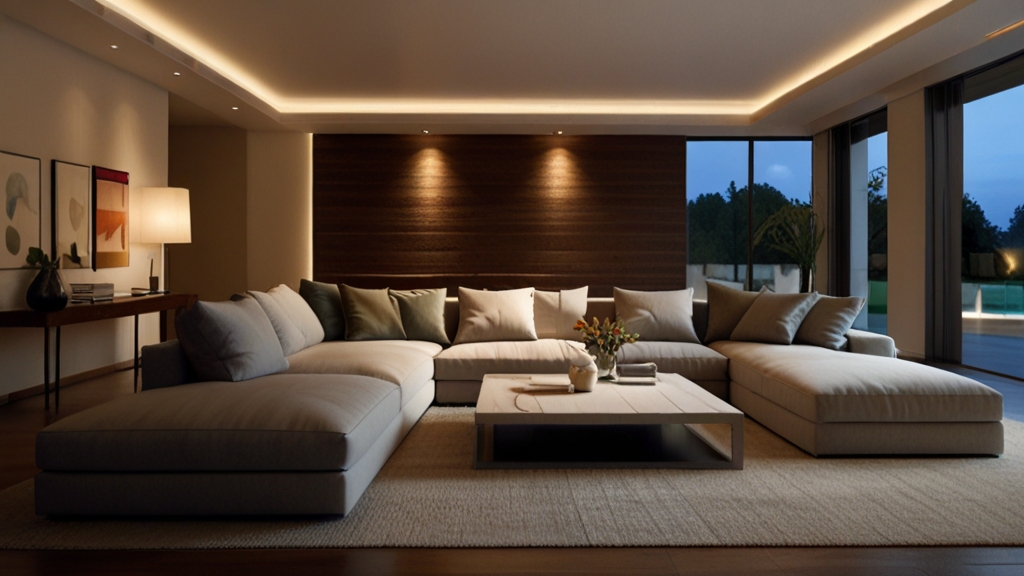
The well-designed rooms balance open spaces with beautiful, cozy spaces. Too much open space can make a room feel cold and empty, while too much comfort can make it seem cramped. Furniture placement is key to this balance.
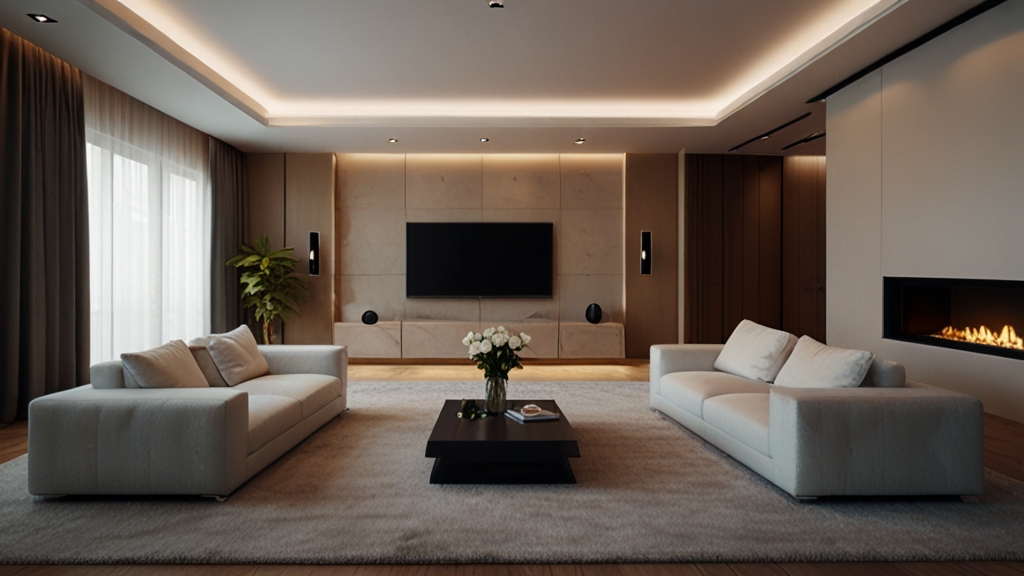
Open spaces: Define the main areas of the room with large furniture, such as a sofa or dining table, leaving plenty of room to move around
Cozy Corners: Use rugs, side tables and chairs to create small spaces near the room. These can be ideal for reading nooks or conversation areas.
Example: In a large living room, moving the sofa away from the walls creates a more intimate seating area, creating enough space to walk or sit in an extra chair
Traffic Flow: Ensuring Easy Movement
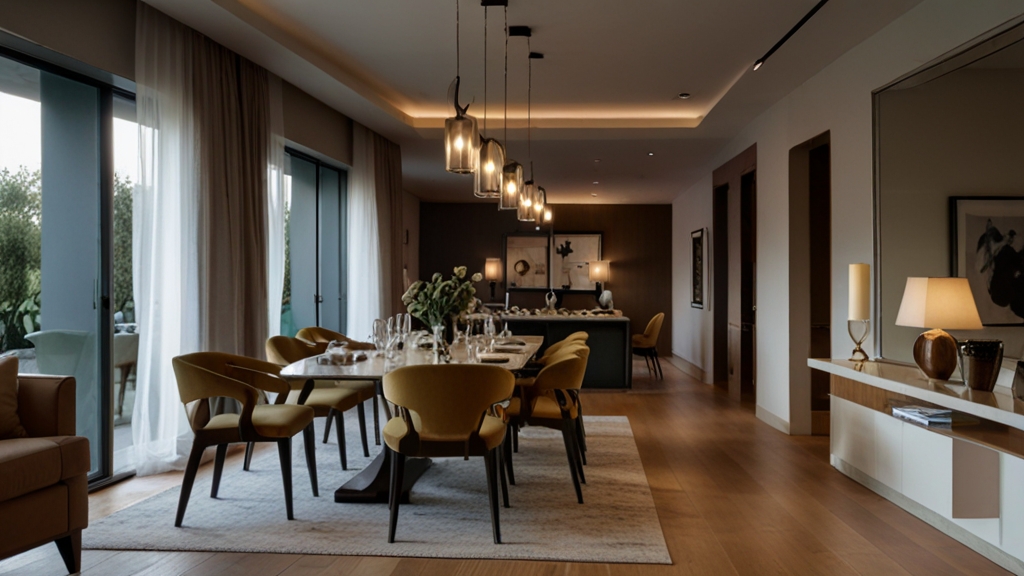
Proper placement of furniture allows people to move through the room without interruption. Consider the natural ways in which humans move in and out of space. Furniture should guide these pathways, not block them.
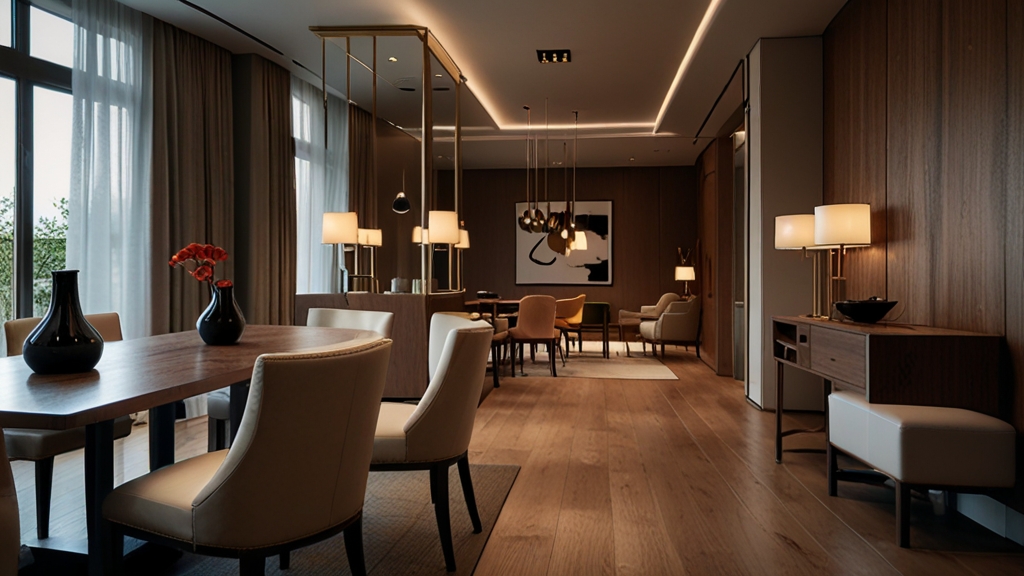
Tips:
Leave at least 30-36 inches between pieces of furniture in high traffic areas.
Avoid placing large furniture pieces in the middle of pathways. Use rugs or furniture arrangements to clearly define pathways in open areas.
Example: In the dining room, make sure there is enough space between the table and the wall so that chairs can be easily pulled out without disrupting traffic
Common Mistakes to Avoid
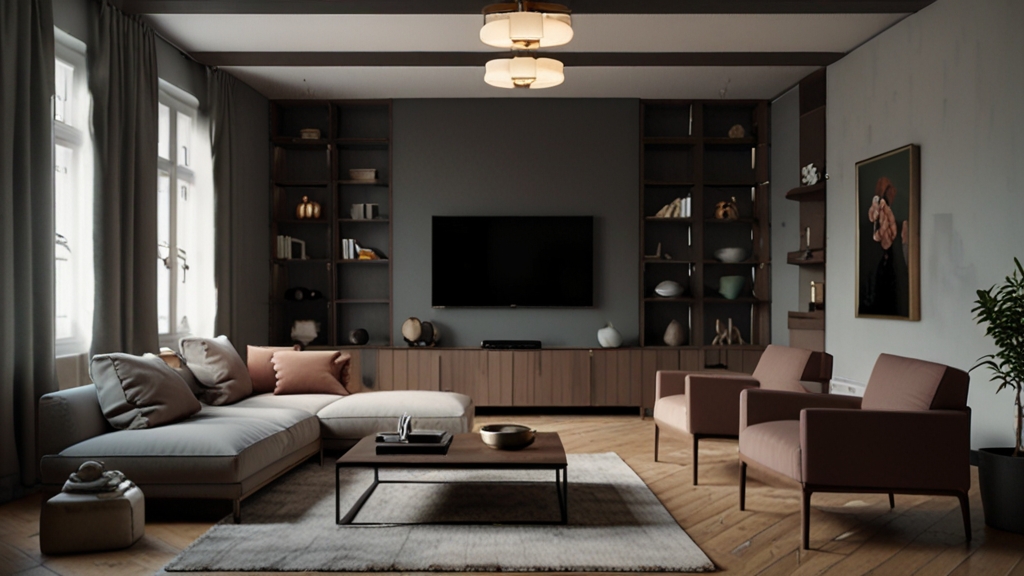
Against Walls:
While it might seem like this maximizes space, it can actually make a room feel disconnected. Instead, try floating furniture away from the walls to create more dynamic arrangements.
Ignoring Scale and Proportion:
Ensure your furniture is the right size for the room. Oversized furniture in a small room can overwhelm the space, while too-small pieces can make a large room feel sparse.
Blocking Windows or Doors:
Always consider natural light and access when placing furniture. Blocking windows with large pieces can reduce light and make the room feel smaller.

